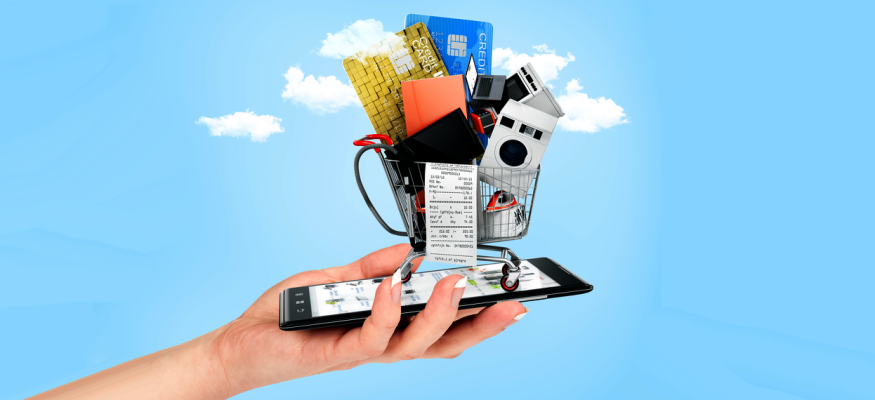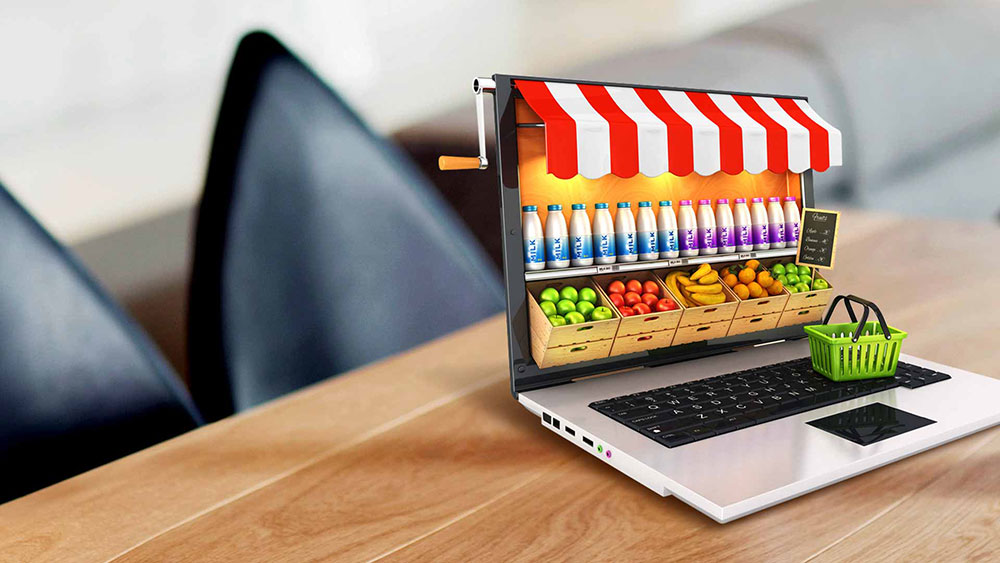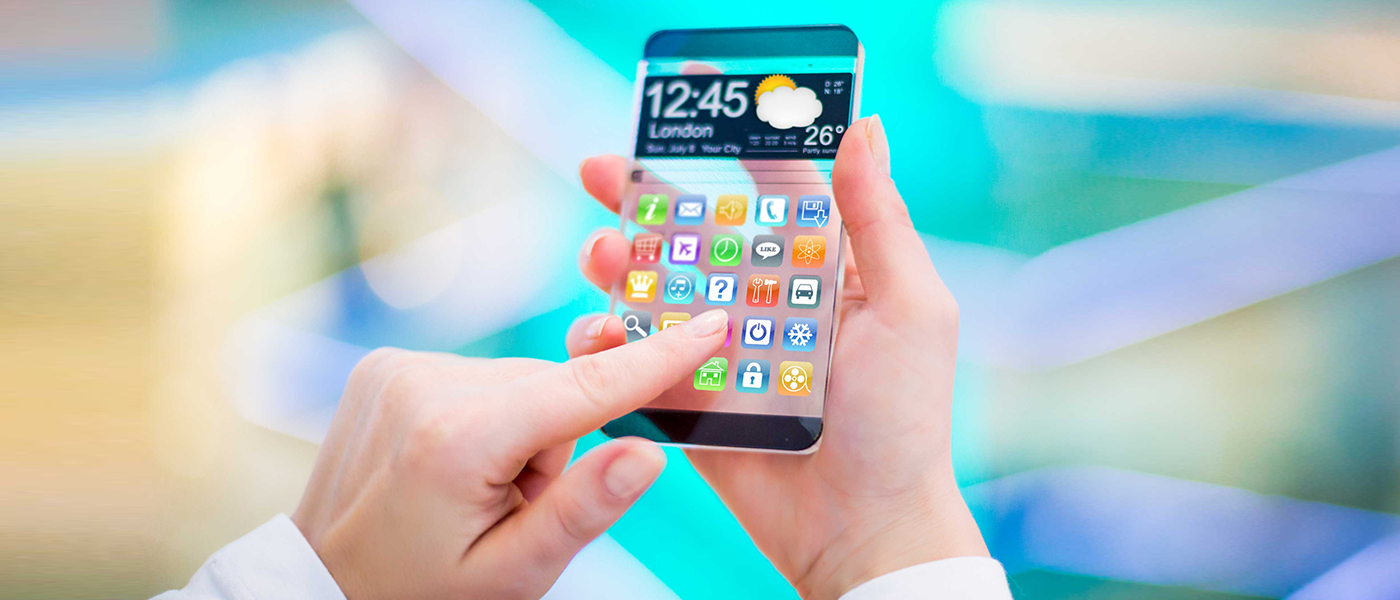The User Datagram Protocol, or UDP, is another widely used transport protocol. It’s faster than TCP, but it is also less reliable. UDP does not make sure all packets are delivered and in order, and it doesn’t establish a connection before beginning or receiving transmissions.
UDP/IP is usually utilized for streaming audio or video, as these are use cases where the risk of dropped packets (meaning, missing data) is outweighed by the need to keep the transmission real-time. For instance, when users are watching a video online, not every pixel has to be present for every frame of the video. Users would rather have the video play at normal speed than sit and wait for every bit of data to be delivered.
How does UDP work?
Like all networking protocols, UDP is a standardized method for transferring data between two computers in a network. Compared to other protocols, UDP accomplishes this process in a simple fashion: it sends packets (units of data transmission) directly to a target computer, without establishing a connection first, indicating the order of said packets, or checking whether they arrived as intended. (UDP packets are referred to as ‘datagrams’.)
UDP is faster but less reliable than TCP, another common transport protocol. In a TCP communication, the two computers begin by establishing a connection via an automated process called a ‘handshake.’ Only once this handshake has been completed will one computer actually transfer data packets to the other.
UDP communications do not go through this process. Instead, one computer can simply begin sending data to the other
#game_production_in_afghanistan
#application_production_in_afghanistan
#site_production_in_afghanistan
#startup_production_in_afghanisrtan
#CRM_production_in_afghanisrtan
#online_marketing
#avalindata
#UDP
#IP





 محمد اشرف غنی در سفری به ولایت نیمروز بند کمال خان را افتتاح کرد
محمد اشرف غنی در سفری به ولایت نیمروز بند کمال خان را افتتاح کرد ساخت اپلیکیشن در افغانستان
ساخت اپلیکیشن در افغانستان فروشگاه اینترنتی و انواع آن
فروشگاه اینترنتی و انواع آن مزیت اصلی طراحی اپلیکیشن رستورانت
مزیت اصلی طراحی اپلیکیشن رستورانت ویژگی های اصلی یک وب سایت تجارتی
ویژگی های اصلی یک وب سایت تجارتی مزایای طراحی سایت برای رستورانت
مزایای طراحی سایت برای رستورانت د ټویوټا(Toyota) کمپنې تاریخ
د ټویوټا(Toyota) کمپنې تاریخ اپلیکیشن های محبوب درافغانستان (بخش اول)
اپلیکیشن های محبوب درافغانستان (بخش اول) انواع شبکه های اجتماعی
انواع شبکه های اجتماعی د انټرنیټ سوداګرۍ لپاره لومړني مهارتونه-لومری برخه
د انټرنیټ سوداګرۍ لپاره لومړني مهارتونه-لومری برخه ویژگی های مارکت پلیس - بخش دوم
ویژگی های مارکت پلیس - بخش دوم مراحل راه اندازی یک کسب و کار اینترنتی موفق
مراحل راه اندازی یک کسب و کار اینترنتی موفق د موبایل اپلیکیشن ډولونه د کاریال په شرایطو کې(دوهمه برخه)
د موبایل اپلیکیشن ډولونه د کاریال په شرایطو کې(دوهمه برخه) زبان های برنامه نویسی
زبان های برنامه نویسی ساختار بلاک چین به زبان ساده
ساختار بلاک چین به زبان ساده فرشات اینترنتی درافغانستان
فرشات اینترنتی درافغانستان بهترين ارزهای ديجيتال در سال 2021 (بخش اول)
بهترين ارزهای ديجيتال در سال 2021 (بخش اول)